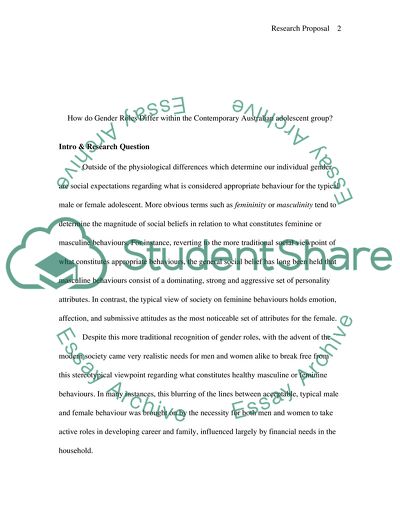Cite this document
(How Do Gender Roles Differ within the Contemporary Australian Research Proposal, n.d.)
How Do Gender Roles Differ within the Contemporary Australian Research Proposal. https://studentshare.org/sociology/1708963-sociology-qualitative-reasearch-project
How Do Gender Roles Differ within the Contemporary Australian Research Proposal. https://studentshare.org/sociology/1708963-sociology-qualitative-reasearch-project
(How Do Gender Roles Differ Within the Contemporary Australian Research Proposal)
How Do Gender Roles Differ Within the Contemporary Australian Research Proposal. https://studentshare.org/sociology/1708963-sociology-qualitative-reasearch-project.
How Do Gender Roles Differ Within the Contemporary Australian Research Proposal. https://studentshare.org/sociology/1708963-sociology-qualitative-reasearch-project.
“How Do Gender Roles Differ Within the Contemporary Australian Research Proposal”. https://studentshare.org/sociology/1708963-sociology-qualitative-reasearch-project.


